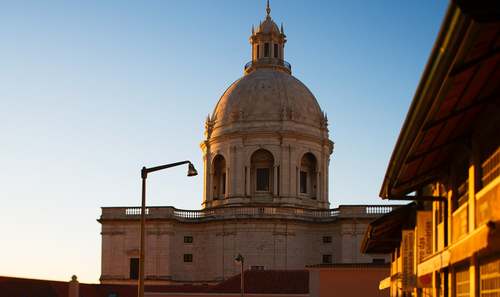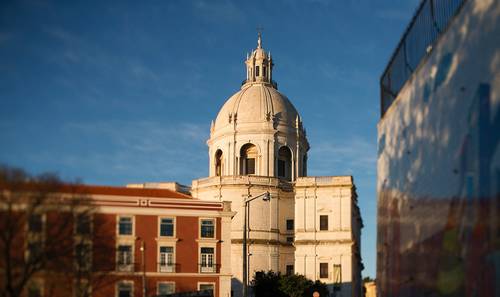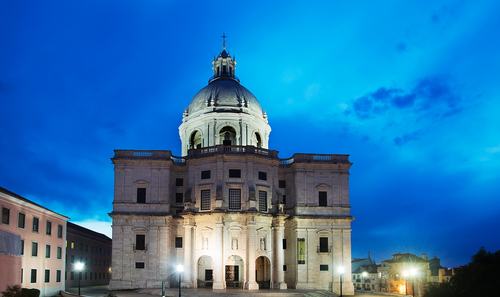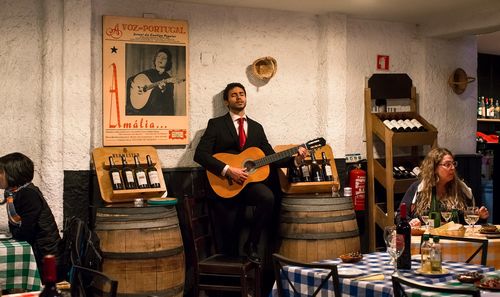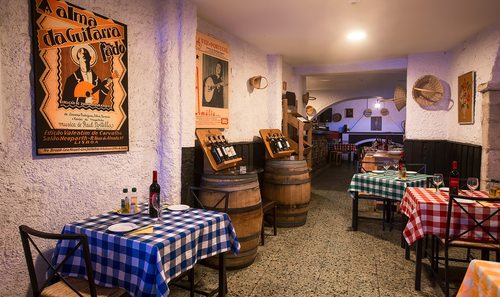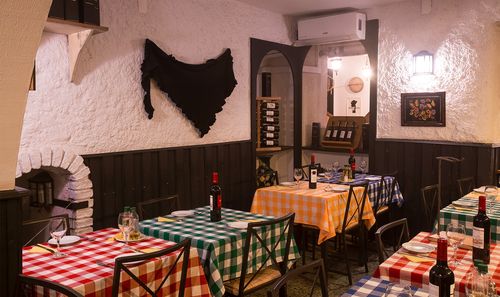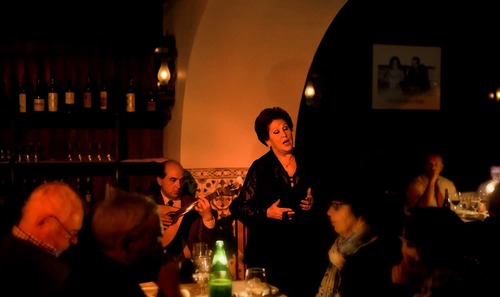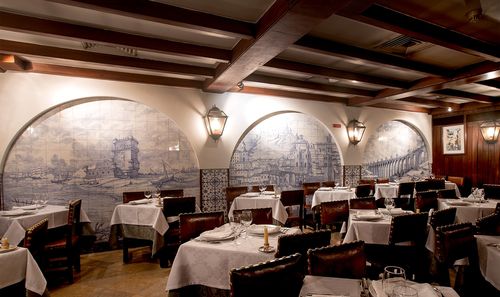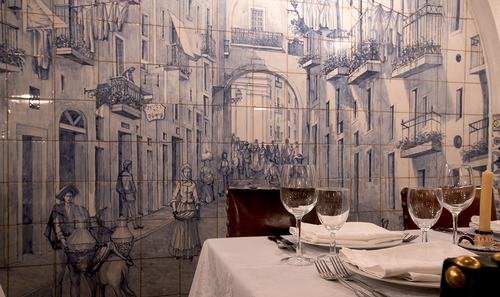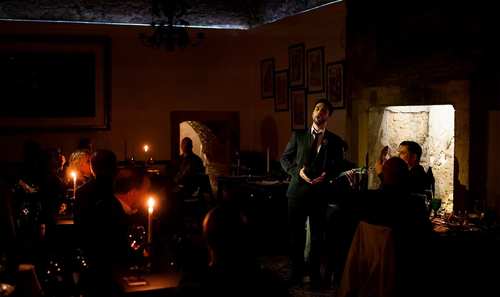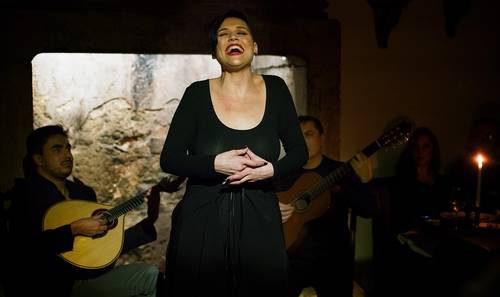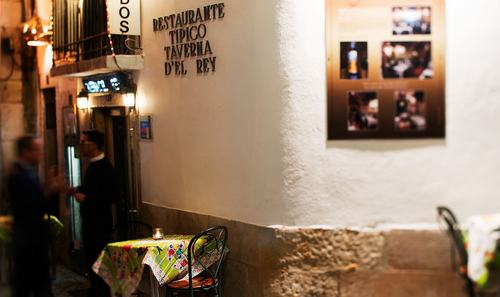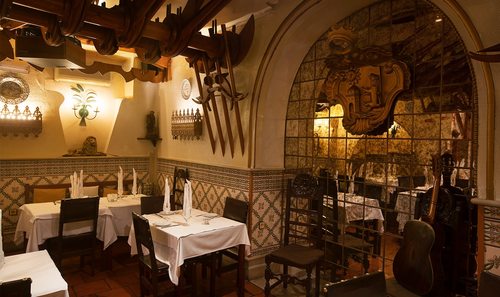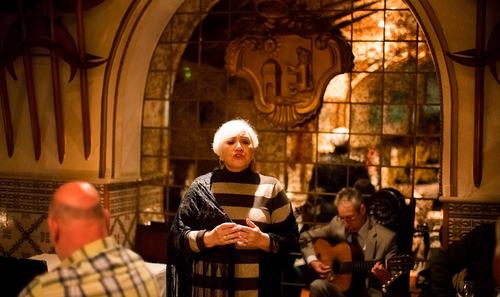Fado Route
Visit typical fado neighbourhoods and discover unforgettable places.
Panteão Nacional
MonumentThe National Pantheon was formerly a church, built in 1568. It was almost destroyed by a storm about a century later and the work to restore it was only finished in 1966. Under its dome stands a majestic nave decorated with coloured marble and it is here, since July 2001, that Amália Rodrigues has had her final resting place.
Pastel do Fado
RestaurantWith a terrace and traditional-style atmosphere, visitors to this pleasant restaurant can sample snacks or dine in full on traditional Portuguese specialities such as bacalhau (salted cod) and skewered veal accompanied by the best local wines. Every day there’s live fado and there are special prices for groups.
A Severa
RestaurantA Severa has been run by the same family for three generations and lives up to the name it has adopted – that of the mythical figure who is considered the first great professional fado singer: Maria Severa Onofriana (1820-1846). This is a place where tradition is also felt at the table and the cult of fado can be seen in every detail.
Casa de Linhares / Bacalhau de Molho
RestaurantThis 16th-century building, once home to the counts of Linhares, was heavily damaged by the earthquake that shook Lisbon in 1755. Very little remains of its original look, but the restoration gave it the 18th-century charm that we now recognise. Today, Casa de Linhares is one of the most prestigious fado houses in Alfama.
Taverna d'El Rey
RestaurantOnce home to coal and wine merchants, over time this establishment was gradually converted into a fado house. Today, located at one of the main points of entry into the Alfama quarter, the restaurant belongs to the fado singer Maria Jô-Jô and is recognised as a place of historic and symbolic importance.

